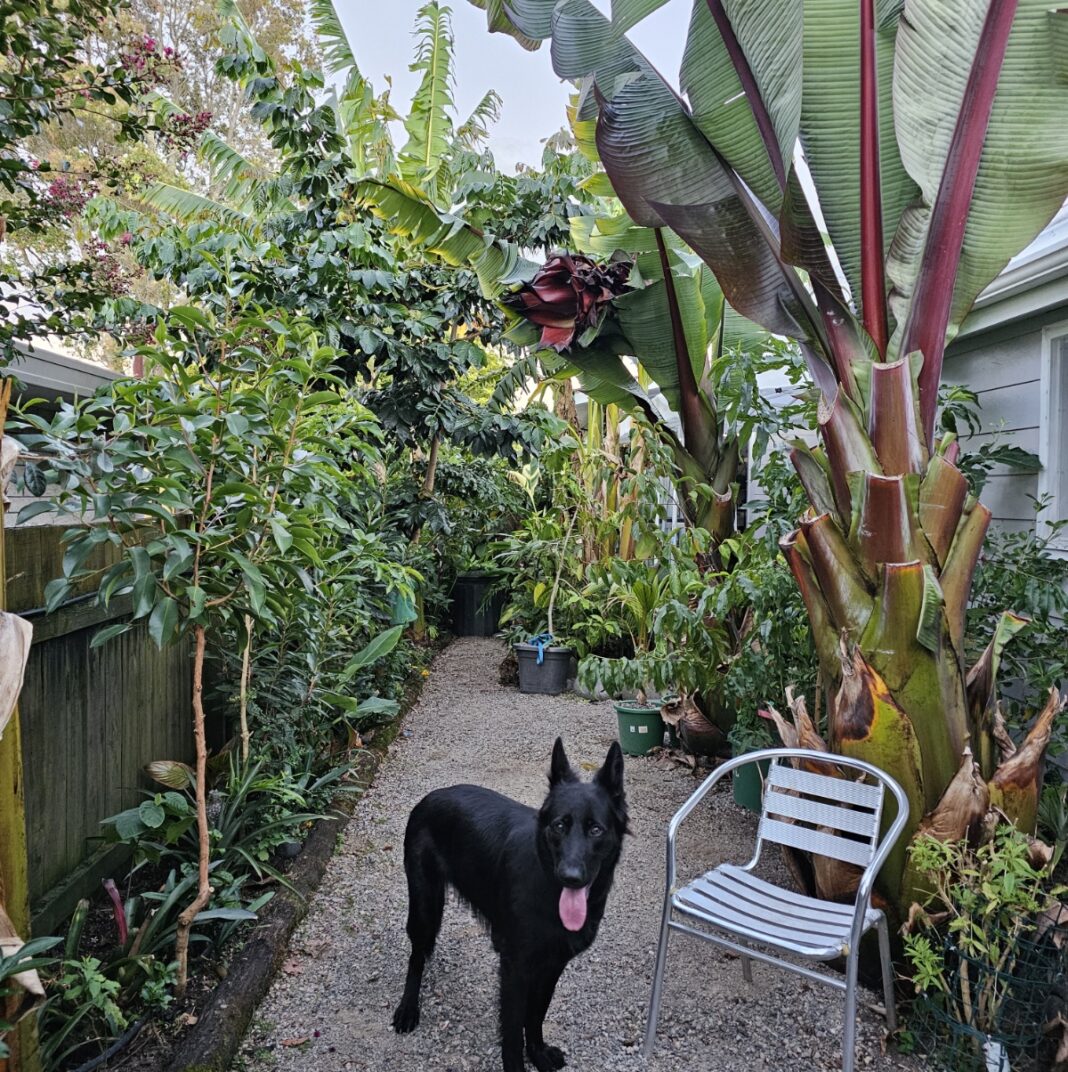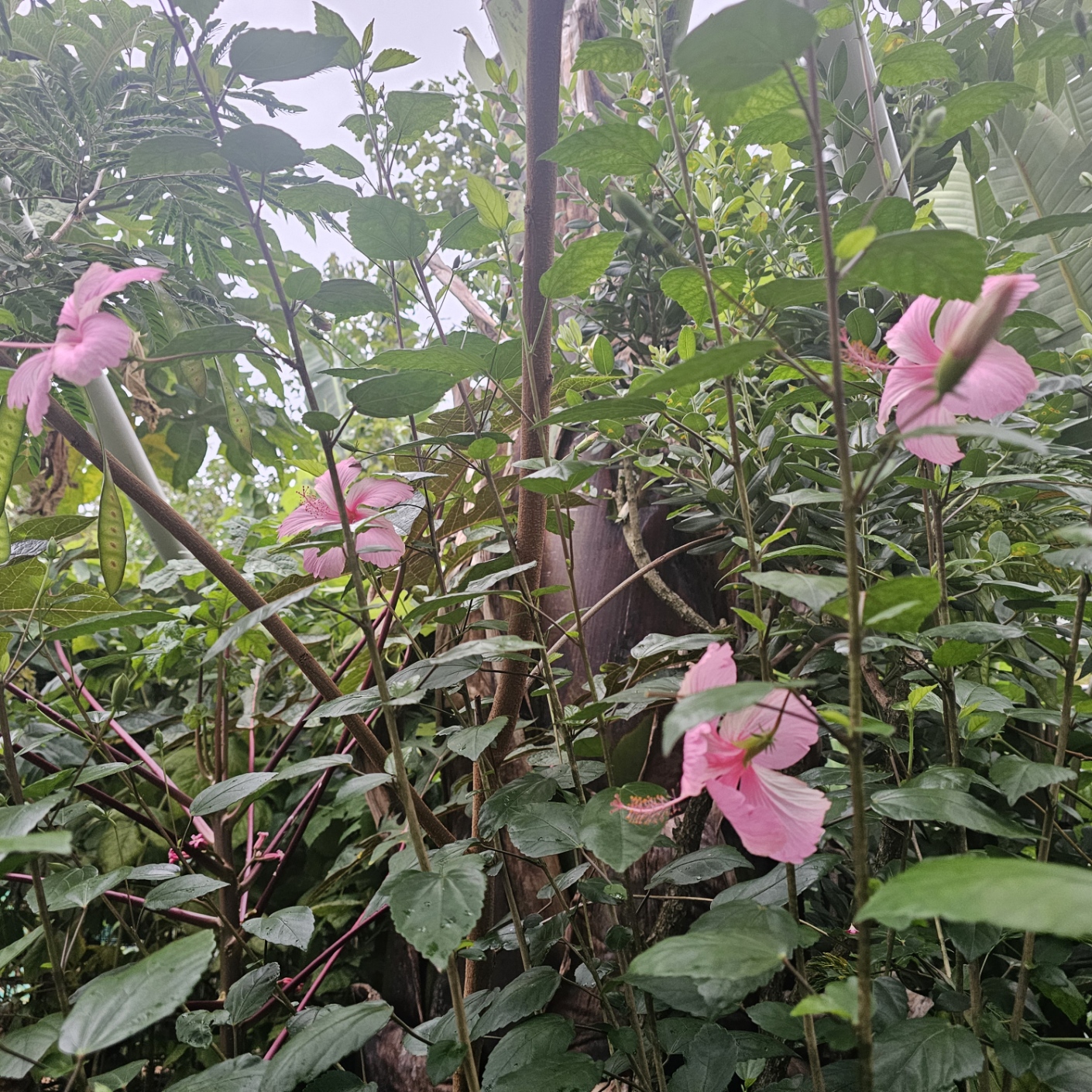Your garden is more than just a place to grow plants; it’s a dynamic, ever-changing stage for incredible photography. Whether you’re a seasoned photographer or just want to up your social media game, your backyard offers endless opportunities for stunning shots. Here’s how to turn your garden into your personal photography studio.
1. Master the Light
Light is the most important element in photography. Learning to use it well will dramatically improve your photos.
- Golden Hour is Your Friend: The hour after sunrise and the hour before sunset, known as “golden hour,” casts a warm, soft glow that is incredibly flattering. This light is perfect for capturing the delicate textures of flowers and the overall ambiance of your garden.
- Overcast Days are Underrated: Don’t let a cloudy day stop you! Overcast conditions act like a giant softbox, diffusing the light and eliminating harsh shadows. This is fantastic for close-up shots of flowers and plants, where you want to capture detail without blown-out highlights.
- Pay Attention to Backlighting: Try placing your subject between you and the sun during golden hour. This backlighting creates a beautiful rim of light around the subject, making it pop from the background. Think of a bee with a halo of light on its fuzzy body, or the transparent petals of a sweet pea glowing against the sun.
2. Focus on Composition
Composition is how you arrange the elements in your photo. A few simple tricks can make a huge difference.
- The Rule of Thirds: Imagine a tic-tac-toe board over your image. Place your main subject (like a standout rose or a striking kōwhai flower) on one of the intersecting lines or points. This creates a more dynamic and engaging photo than simply centering the subject.
- Leading Lines: Use paths, fences, or rows of vegetables to guide the viewer’s eye through the image. This creates depth and a sense of movement in your photo.
- Look for Repetition and Patterns: Look for repeating shapes, colours, or textures. A row of lettuce heads, a bed of vibrant mānuka flowers, or the geometric patterns of a succulent can all make for a visually striking image.
3. Find Your Subject
Sometimes the most beautiful photos are of the most unexpected things.
- Go Macro: Get up close and personal with a macro lens or a macro setting on your phone. Focus on a single water droplet on a broad bean leaf, the intricate design of a sweet pea petal, or the delicate hairs on a bee’s leg. These small details can be more captivating than the big picture.
- Tell a Story: Think about what you’re trying to convey. Is it the satisfaction of a harvest? The quiet beauty of a dewy morning? Use props like gardening gloves, a watering can, or a basket of freshly picked feijoas to add a human element and a narrative to your photos.
- Include the Wildlife: Your garden is a hub of activity. Keep an eye out for bees, butterflies, or even a visiting tūī. Be patient and wait for the perfect moment to capture them in their natural habitat.
By experimenting with these tips, you’ll start to see your garden not just as a place to work, but as an endless source of artistic inspiration. So grab your camera (or your phone) and get snapping—your next amazing photo is waiting just outside your door.




